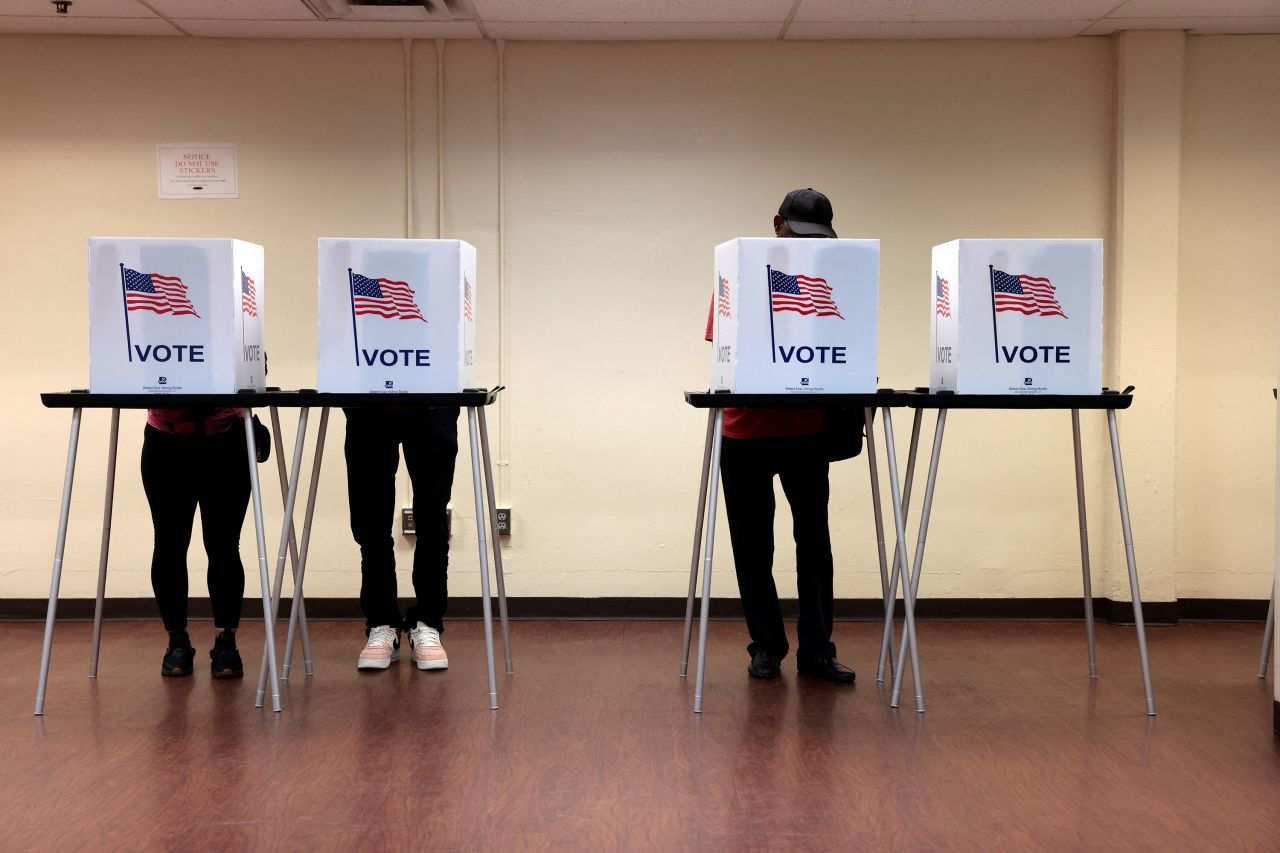
Seven states are expected to be key to electing the next US president: Arizona, Wisconsin, North Carolina, Georgia, Michigan, Nevada, and Pennsylvania.
So what are swing states and why do their votes matter so much?
The Electoral College has 538 votes, divided between 50 states and the District of Columbia. Each state receives at least three votes depending on the size of its congressional delegation.
House seats are allocated to states based on population. Therefore, the smallest state receives three electoral votes (a state has two senators and one representative). Washington, D.C. also scored three points. The most populous states receive even more electoral votes, including California with 54 electors (2 senators and 52 House districts), Texas with 40, Florida with 30, and New York with 28. It has become.
In almost every state, the winning candidate receives all the electors. The candidate who wins 270 or more electoral votes becomes president.
Some states are historically blue (when Democrats dominate) or red (when Republicans dominate). Battleground states are states where voters don’t tend to consistently vote for the same party, but battleground states can change from election to election.
Larger battleground states like Pennsylvania have more House seats and are especially important for candidates aiming for 270 seats. Also, if a candidate wins three or more battleground states, they have a better chance of winning the election.
Therefore, the seven battleground states could decide who becomes president.
Learn more about how US elections work.



